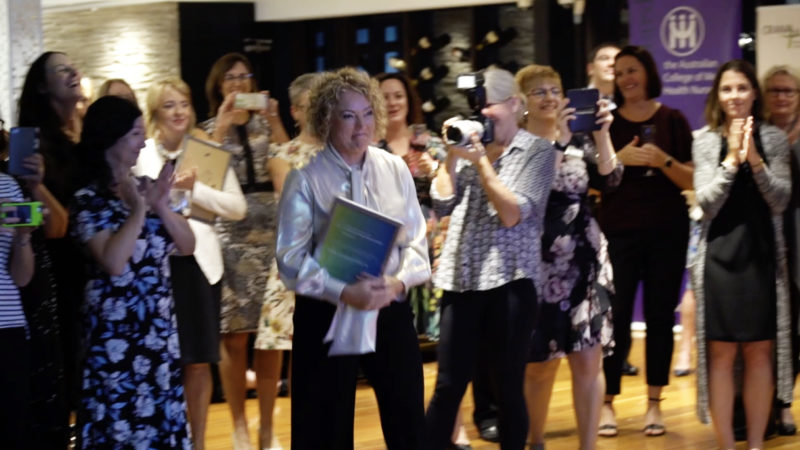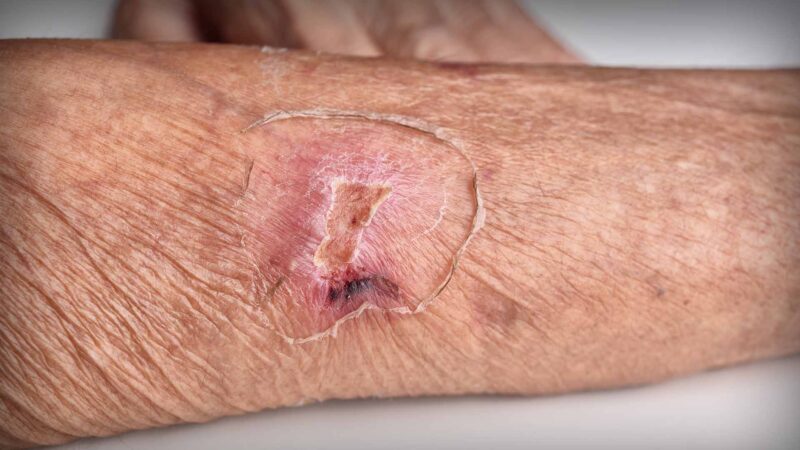ACCESS AND PRODUCTIVITY OUTCOMES WITH RADIOLOGY TECHNOLOGY IN WESTERN SYDNEY Outcomes despite insufficient indexation, Government funding and workforce shortages
With
Leon Berkovich, CEO
GE HealthCare Australia and New Zealand
Dr Mansoor Parker
Diagnostic & Interventional Radiologist & Founding Partner,
Quantum Radiology, Sydney
SEGMENT
Filmed in Sydney | November 2025
In Western Sydney, there is currently significant growth accompanied by a notable need for cardiovascular support due to the prevalence of related diseases. It is estimated that the population in this area will reach 6 million by 2041.
With this population growth, there is also a pressing shortage of healthcare professionals in Australia, particularly in the field of radiology, where there are not enough radiographers, sonographers, MRI technicians, and nuclear medicine technicians.
Previously, conducting complex imaging studies required the expertise of highly experienced technicians. Nonetheless, advancements in technology have enabled businesses to invest in new CT scanning technologies, from organisations such as GE HealthCare, making available the first of its kind in the Southern Hemisphere.
According to Dr. Mansoor Parker, a Diagnostic and Interventional Radiologist in Western Sydney and Founder of Quantum Radiology, the technology can produce consistent, high-quality studies that do not solely rely on the skill of the technician.
Dr. Parker spoke to Australian Health Journal about the unique nature of Western Sydney as a cultural melting pot that has historically suffered from a lack of high-quality healthcare. His motivation for establishing radiology practices in this area stemmed from his own experiences of limited access to imaging services, especially MRI and interventional procedures.
He notes that the challenges faced by the population often go beyond mere accessibility, including language barriers and the need for culturally sensitive care that respects privacy while delivering high standards of healthcare.
According to Leon Berkovich, CEO of GE HealthCare Australia & New Zealand, GE HealthCare has excelled in obtaining AI patents within the imaging sector, demonstrating significant technological adoption in Australia—a mature market where clinicians are eager to integrate the latest technology across all areas. The growth in Western Sydney continues to highlight the urgent need for cardiovascular imaging services, and demographic projections indicate robust population increases.
Source: Adapted from transcript
You Might also like
-
Health Minister’s Awards for Nursing Trailblazers
An ACT nurse dedicated to giving people more dignity and choice in their final days was earlier this week night named the inaugural Health Minister’s Nursing Trailblazer at an awards ceremony in Sydney.
Lord Nigel Crisp, Co-Chair Nursing Now and Australian College of Nursing President, Professor Christine Duffield FACN presented the inaugural Health Minister’s Nursing Trailblazer Award to Nikki Johnston MACN, a Palliative Care Nurse Practitioner based in Canberra at Calvary Health Care’s Clare Holland House.
-
Smart technology in wound care
Throughout her journey around wound care, Santosh Kaur was frustrated to see the simple gaps in wound care resulting in negative patient outcomes. Santosh is the founder of SmartHeal which launched in 2020.
SmartHeal replaces the nurses taking cumbersome manual measurements and manual sharing of important wound data with a no touch technique. It aims for healthcare professionals to have live remote access to wound data, make wound assessments and assist with speech to text notes thus saving time, cost and people. SmartHeal also aims to assist healthcare professionals in providing optimum wound care by analysing the wound tissue for infection, moisture and providing suggestions for suitable dressing.
-
Digital Health Frail, Homebound and Bedridden Population Medical Technology Association of Australia New Content Nursing Seniors and Aged Care
Smart diaper wins Kerrin Rennie technology award
In October 2022, Smartz won the Kerrin Rennie Award for Excellence in Medical Technology – Improving Quality of Life. The award was established to recognise and profile the innovative and extraordinary contribution of medical technology in improving health outcomes of Australian patients.
Smartz monitors patient wellness including 2 significant issues affecting the elderly in residential aged care facilities; incontinence and pressure injuries.



